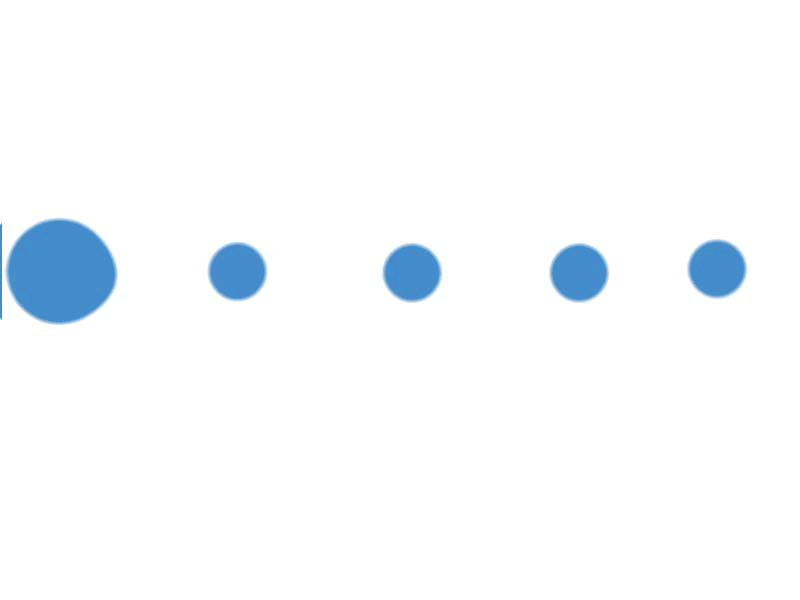By Siphamandla Mkhwanazi.
Retail sales outperformed expectations and expanded by 2.7% in December, from a decline of 1.0% in the previous month (revised from -0.9%). The outcome was noticeably higher than Reuters consensus of a 0.7% decline. On a month-on-month basis, volumes increased by 1.4%, a momentum gain from the 1.1% experienced in November (revised up from 0.4%). Nevertheless, quarterly sales declined by 0.4%, implying that the retail industry will detract from the 4Q23 GDP growth. The muted shopping activity in 4Q23 is consistent with sentiment indicators in consumer facing sectors, which predicted weakening demand into the 2023 festive season.

Retail sales outlet performance
Activity was mixed, as three out of seven categories recorded an expansion in annual volumes. Clothing and footwear rebounded to 7.0% y/y, contributing 1.6ppts to the headline number, supported by General dealers who saw volumes increase by 3.5% y/y, contributing 1.5ppts, while Household furniture sales recorded a 3.2% increase, contributing 0.1ppts. Dragging volumes in December were Hardware material and Other retailers, recording declines of 2.8% y/y and 2.4% respectively, and each detracting 0.2ppts. Pharmaceuticals also declined, by 1.9% y/y, detracting 0.1ppts to the headline number.

Outlook
In 2023, shopping activity declined by 1.0%, compared to 2022, reflecting a subdued consumer demand environment. We expect this to persist in the near term, driven by sticky inflation, high interest rates and depressed consumer confidence. Furthermore, the prevailing tight lending standards and high debt service cost environment should keep credit growth relatively contained, both in the bank and non-bank sectors, and thus provide less support to consumption. That said, medium- to longer-term outlook is slightly brighter. Consumers should benefit from the slowing inflation trend, positive employment gains, and the extension of the Social Relief of Distress (SRD) grant. In addition, the contemplated, albeit modest, interest rate cutting cycle should help support spending on discretionary items. This should see household consumption expenditure lift from the estimated 0.8% y/y in 2023, to around 1.5% in 2024.
